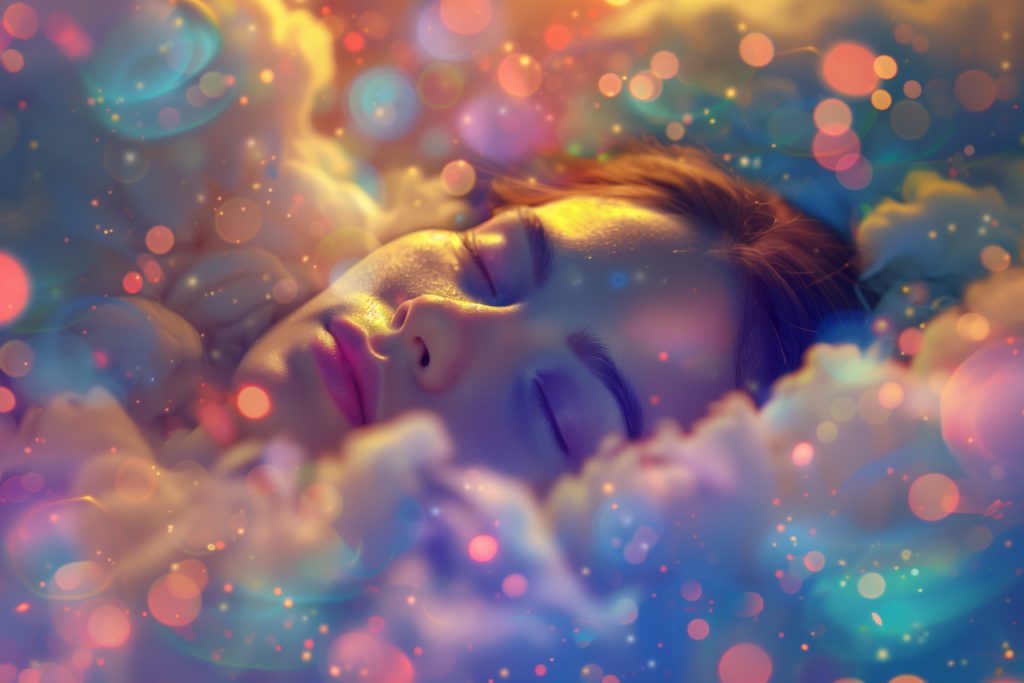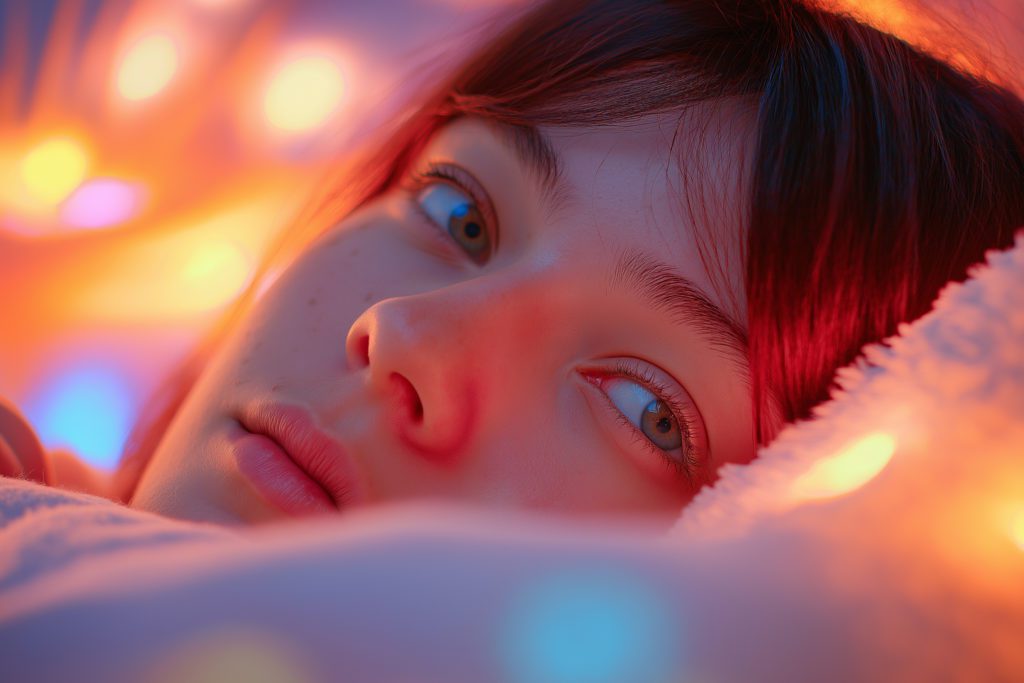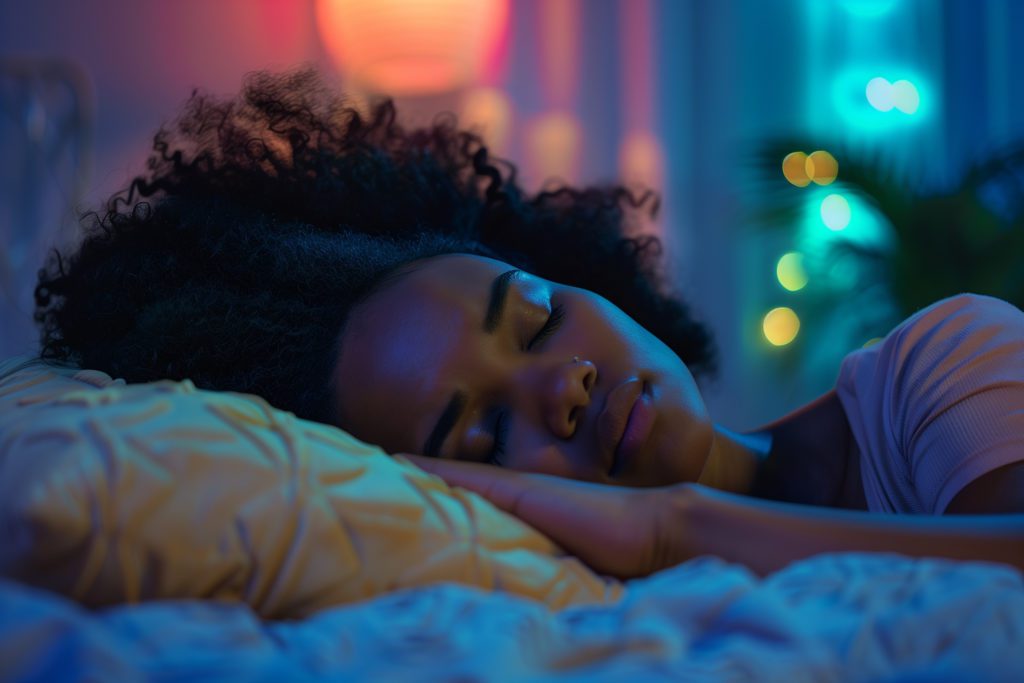
Sleep Paralysis in Different Cultures: Folklore, Myths, and Cultural Perspectives
Unravel the mysteries of sleep paralysis through a journey from eerie folklores and myths to what science says today.

Stories, myths, and science explain sleep paralysis
Stuck in a strange twilight zone of wakefulness and dream, unable to move or speak—sounds familiar? That's sleep paralysis for you. It’s a phenomenon that has intrigued humans across cultures for centuries.
You’re lying in bed, mind buzzing, body on lockdown. It’s a bizarre feeling that people experience globally, and it’s no surprise then that, from one culture to another, they’re trying to make sense of these shadowy moments. And guess what? Science is on the case too, peeling back layers of this mysterious state.
Let's explore how tales from the past and present, from folklore to scientific research, paint a picture of sleep paralysis, offering both explanations and reflections on this bewildering experience.
What is sleep paralysis?
Sleep paralysis is that odd, sometimes spooky experience where you're caught between waking up and dreaming, fully conscious but unable to move or speak. It often strikes right as you're falling asleep or just as you're about to wake up. Imagine your brain sending out the "time to wake up" memo, but your body's still in dreamland, resulting in this eerie limbo.
At the heart of sleep paralysis are REM (Rapid Eye Movement) sleep mechanisms. Normally, during REM sleep, your muscles are paralyzed (a condition known as REM atonia) to prevent you from acting out your dreams. But with sleep paralysis, you regain awareness while your body remains in this dream-induced lockdown, i.e. during REM sleep.
Symptoms can include a crushing sensation on your chest, difficulty breathing, and sometimes, even hallucinations that blend dream elements with the real world. While it can be a terrifying experience, it's generally considered harmless in the study of sleep science.
Researchers believe that factors like irregular sleep schedules, sleep deprivation, stress, and certain mental health issues can trigger episodes. This scientific backdrop gives us a starting point to understand the myriad cultural interpretations that have blossomed around this universal human experience.
Theories about sleep paralysis (folklore and myths)
When it comes to sleep paralysis, it seems like everyone around the globe has their own tale to tell. Let's take a whirlwind tour through some of these stories and see just how imaginative they can get:
Scandinavia
"Mara," is a nightmare spirit that presses down on your chest, making it the original "nightmare" story.
Japan
"Kanashibari" literally means being tied up in supernatural chains, with vengeful spirits keeping you from moving.
Philippines & Thailand
In the Philippines, "bangungot" is the deadly nightmare blamed on spirits, while Thailand's "Phi Am" tells a similar tale of ghostly oppression.
Newfoundland
"Old Hag" syndrome is where an evil witch parks herself on your chest.
Brazil
The "Pisadeira" is a creepy crone who steps on those who sleep too full and too flat.
Mexico
Mexico has its own unique take with "se me subió el muerto," translating to "the dead climbed on top of me" – talk about a weight on your chest!
Nigeria
A female demon adds a dash of terror to the sleep paralysis experience.
The Caribbean
The "Duppy" spirit is a spectral figure known for causing these paralytic episodes.
Source: National Library of Medicine
Crossing paths with spirits, demons, and… aliens?
Some contemporary tales of sleep paralysis venture into the realm of science fiction, linking the paralysis and its accompanying vivid hallucinations to alien abductions. This theory suggests that experiences described in many abduction stories—immobility, seeing unfamiliar beings, and feeling floaty—mirror the symptoms of sleep paralysis, influenced by pop culture's fascination with extraterrestrials.
Researchers in psychology and paranormal studies highlight these parallels, proposing that the eerie and often detailed abduction narratives might be grounded in the natural phenomena of sleep paralysis, reframed through the lens of modern mythology and media.
From folklore to traditional remedies
What's fascinating here is how these tales from around the world not only paint a vivid picture of the sleep paralysis experience but also how folks back then (and some even now) tried to make sense of it. From evil witches and vengeful spirits to alien abductions, humans love a good story to explain the unexplainable.
And let's not forget the remedies these cultures came up with. Whether it's sleeping with a knife under the pillow in some parts of Scandinavia to cut through the "Mara's" oppression or the traditional charms and prayers used across the globe, it shows a universal desire to fight back against the night's unseen terrors.
Modern solutions for sleep paralysis
While the old stories and their quirky remedies have their charm, when it comes to dodging sleep paralysis, modern science has got our backs. Here's how to keep those sleep-stuck moments at bay:
- Stick to a consistent sleep schedule to enhance your body's natural rhythm.
- Create a tranquil sleep space, minimizing noise and light disturbances.
- Try stress-reducing activities like yoga, meditation, or mindfulness to unwind before bed.
- Avoid late-night caffeine and rich meals to ensure smoother entry into dreamland.
- Monitor your sleep habits with the help of modern tracking apps or wearables, pinpointing and adjusting factors that might lead to paralysis episodes.
From bedtime stories to brain waves
Exploring some of these sleep paralysis theories has been a wild ride, hasn't it? From ghostly visitors sitting on your chest to what's actually going on in your brain, it's fascinating to see how stories and science collide. It turns out that those tales of hags and demons are just our ancestors' way of dealing with the unknown, something science is starting to unpack with a bit more... well, logic.
While folklore gives us the creeps and a good story to tell, understanding sleep paralysis kind of takes the edge off. It's a bit like finding out there's no monster under the bed—just some dusty old socks and maybe a lost shoe.
FAQ
Why do some cultures experience sleep paralysis more frequently than others?
The frequency of sleep paralysis varies due to cultural stressors, societal expectations, or how openly people report the phenomenon. In cultures where sleep paralysis is stigmatized or linked to supernatural beliefs, individuals may experience it more intensely or frequently.
How do urbanization and modern technology affect sleep paralysis?
Urban lifestyles often lead to irregular sleep schedules, prolonged screen time, and heightened stress levels. These factors disrupt REM sleep, a key trigger for sleep paralysis, and may increase its prevalence in rapidly urbanizing societies.
Why do many cultures attribute sleep paralysis to supernatural entities?
Historically, in the absence of scientific explanations, cultures explained sleep paralysis with spirits, demons, or folklore figures. The vivid, frightening sensations were often linked to supernatural forces, offering relatable narratives to understand the otherwise mysterious experience.
Why do hallucinations during sleep paralysis often involve malevolent figures?
Malevolent figures may stem from the brain’s fight-or-flight response activating during paralysis. Without mobility, the mind interprets this as a threat, projecting fearful imagery influenced by stress, anxiety, or cultural fears to rationalize the frightening experience.
How do cultural beliefs about sleep paralysis affect people?
Cultural beliefs shape emotional responses to sleep paralysis. In some cultures, it’s seen as a spiritual message or curse, creating fear or anxiety. In others, beliefs may provide coping mechanisms, like rituals or prayers, which can offer comfort and reduce stress.
How can education about sleep paralysis help reduce fear?
Educating individuals about sleep paralysis as a natural, explainable condition reduces fear. Awareness of its connection to REM sleep and stress helps people identify triggers, reassures them it’s harmless, and replaces supernatural beliefs with scientific understanding.
How does the frequency of sleep paralysis vary across different age groups?
Sleep paralysis is most common in adolescence and young adulthood, likely due to irregular sleep patterns, heightened stress, and changing schedules. Its frequency typically declines in older age groups, though the exact reasons for this remain unclear and need further study.
What role do media and cultural depictions play in shaping sleep paralysis experiences?
Media and cultural depictions, such as horror films or folklore stories, can influence the themes of sleep paralysis hallucinations. For example, exposure to cultural narratives about spirits or aliens might shape what individuals "see" during episodes, amplifying fear

Written by
Georgia Austin
Professionally trained copywriter, editor, and content marketing strategist with over 7 years of experience—working with brands like Nike, Siemens, Toshiba, Tommy Hilfiger, Culture Trip, and Klook.
Download Pillow
Get help
Press & News
Legal
Connect
X (Twitter)
Company
Copyright © Neybox Digital Ltd.



